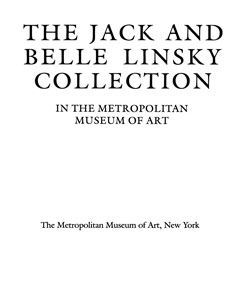Ewer
The model for this ewer was probably a cruet of agate with an enameled gold handle in the form of a serpent, made for Cardinal Mazarin, probably about the middle of the seventeenth century and now in the Louvre. Late-Renaissance-style ornament has been substituted for the more naturalistic leaf designs characteristic of seventeenth-century French goldsmiths' work.
Among the drawings for goldsmiths' work by Reinhold Vasters (1827–1909) in the Victoria and Albert Museum, London, is one for a somewhat similarly attenuated serpent with a knotted tail. The drawing was apparently intended for a handle, and, although there is not enough evidence to be certain of any attribution, this ewer may have been the work of either Vasters or the nineteenth-century craftsmen who executed his designs.
Due to rights restrictions, this image cannot be enlarged, viewed at full screen, or downloaded.


